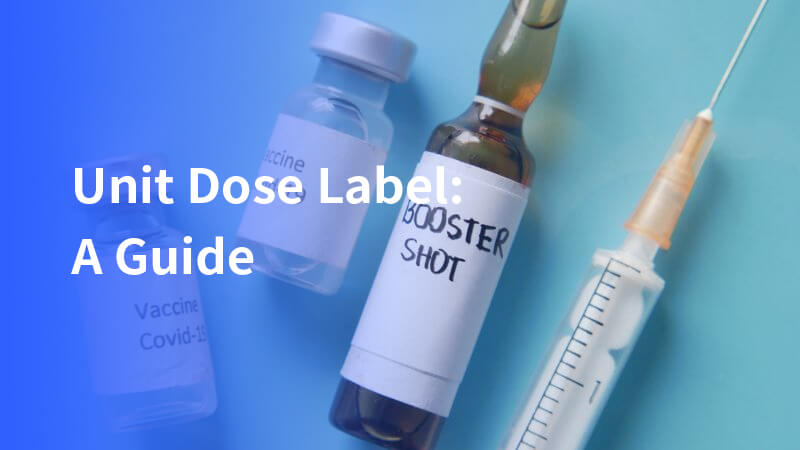A unit dose label is very important in healthcare. It gives key information about single medicine doses and products.
As healthcare changes, unit dose labels help reduce mistakes. They make patients safer and improve how medicine is managed in hospitals and clinics.
What is a unit dose label?
A unit dose label is used on single medicine doses in hospitals.
Each label shows important information like the drug name, strength, and expiration date. It also lists the active ingredient and may have a barcode for scanning.
The label includes a control number to identify the medicine. This helps prevent mistakes and keeps patients safe by giving the right dose and tracking the medicine.
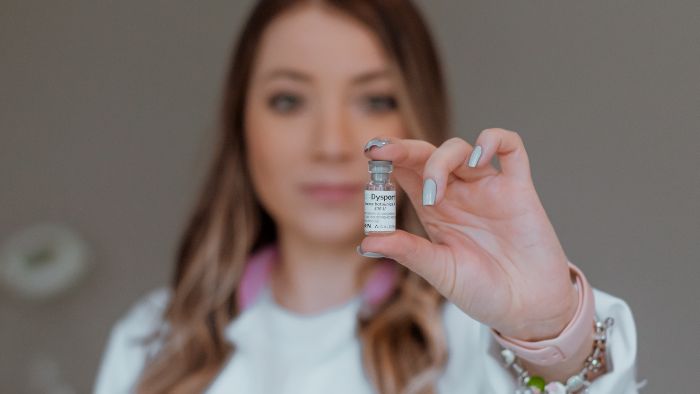
Comparison of unit dose labels and bulk labels
Unit dose labels are put on single medicine doses. They give exact information for each use. This helps keep patients safe and reduces mistakes.
Bulk labels are used on large containers with many doses. They give general information for the whole batch.
Unit dose labels are made for accuracy and easy use in hospitals. Bulk labels work better for managing medicine stock but can lead to more mistakes with doses.
Types of unit dose labels
Unit dose labels come in different types. Each type is made for specific healthcare needs and medicine forms. Here are the main types used in hospitals and clinics:
Blister pack labels
These labels are used on blister packs. Each blister pack holds one dose of medicine.
The labels show the drug’s name, strength, expiration date, and batch number. Hospitals often use these labels for oral medicines.

Syringe labels for liquid oral dosage forms
Unit dose syringe labels are used for injectable medicines. They show the medicine’s name, concentration, and volume.
This helps give the right amount of medicine in hospitals. You often find these labels in operating rooms and emergency departments.
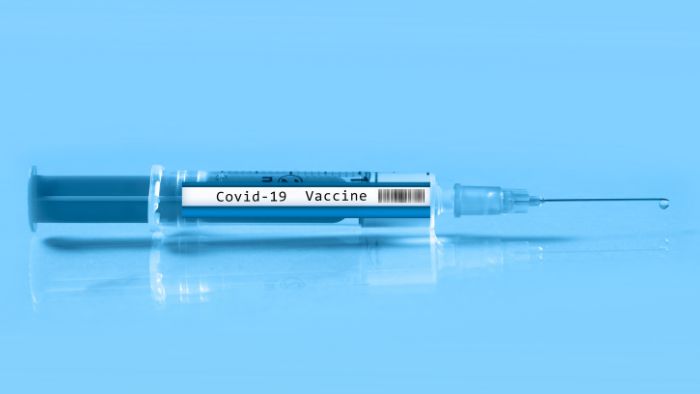
Pouch labels
Pouch labels are on small, sealed pouches with one dose of medicine. They are used for solid or liquid medicines.
The label shows the drug’s name, dosage, and expiration date. This makes them good for doses given to individual patients.
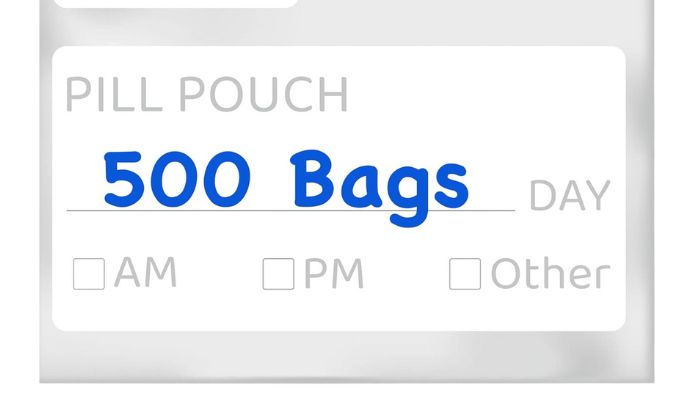
IV bag labels
Labels on unit dose IV bags give important details about the medicine inside.
They show the drug’s name, dosage, expiration date, and how to give the medicine.
These labels help make sure the IV bag is labeled correctly. They are used in infusion therapies.

Applications of unit dose packaging labels
Unit dose labels are used in many healthcare places. These labels help keep people safe and make sure they get the right medicine. They also help doctors, nurses, and other healthcare workers give medicine more easily.
Hospitals
In hospitals, unit dose labels help doctors and nurses give the right amount of medicine to each patient. Each label shows the name of the drug, how strong it is, and when it expires. This information helps nurses give medicine safely.
The labels make sure patients get the correct dose of medicine every time. Hospitals are busy, so clear labels help workers avoid mistakes when giving medicine to patients. Whether a patient is in the emergency room or the surgery room, these labels help keep everything organized.

Nursing homes
Nursing homes use unit dose labels to give medicine to older people. Many elderly residents need medicine at the right time and in the right amount. The labels help caregivers give the right dose of medicine to each resident.
Unit dose labels also show important details, like when the medicine will expire. This is very important to make sure no one takes old or expired medicine. Caregivers can read the labels quickly and easily, which helps them focus on taking care of the residents.
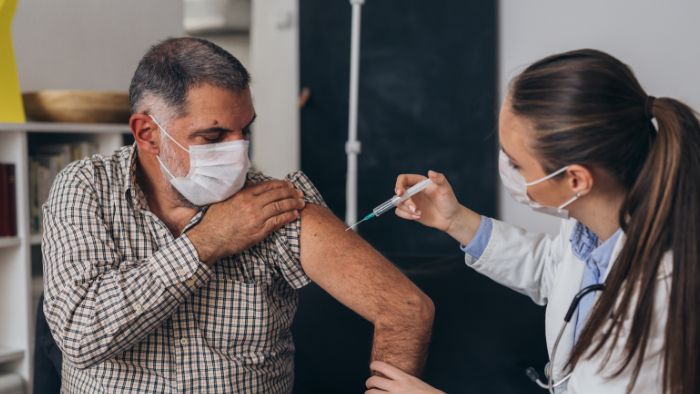
Pharmacies
Pharmacies use unit dose labels when they pre-pack medicine for patients. The labels help pharmacists organize and give out the right medicine. Before a patient picks up their medicine, a pharmacist will put a unit dose label on each package.
The label tells the patient how to take the medicine, how much to take, and when it will expire. This helps patients take their medicine correctly when they are at home. The clear labels also make it easy for patients to understand what their medicine is for and how to use it.

Home healthcare
In home healthcare, unit dose labels are very important. Some patients take care of their medicine at home. These patients might not have a doctor or nurse with them all the time. The unit dose labels show them how to take their medicine safely.
The labels give clear instructions, so patients know how much medicine to take and when to take it. If a patient needs help from a home healthcare worker, the labels make it easy for the worker to give the right dose of medicine. The labels keep everything simple and safe for patients who are recovering at home.

Emergency services
Emergency services also use unit dose labels when giving medicine. When there is an emergency, like a car accident or someone having a heart attack, paramedics and doctors must act quickly. They don’t have time to read long instructions. Unit dose labels make it easy for them to grab the right medicine fast.
The label shows them what the medicine is, how much to give, and how to use it. This helps them save time and save lives. In emergencies, every second matters, and these labels help emergency workers avoid mistakes.
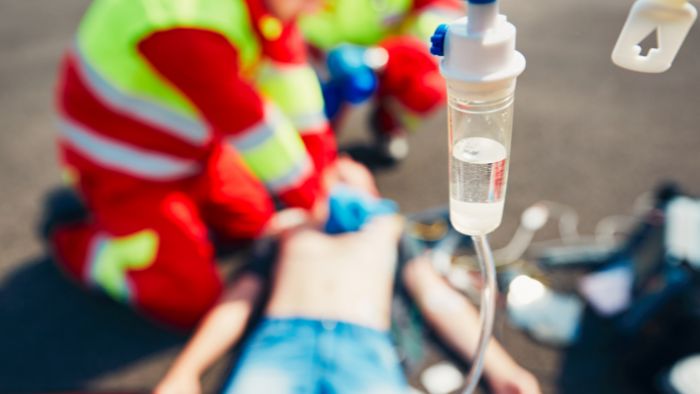
Unit dose label production process
The production of unit dose labels has several steps:
- Design: Make a label that shows the drug name, dosage, expiration date, and important information.
- Printing: Use good printers to print clear and strong labels.
- Cutting: Cut the labels to fit the medicine packages correctly.
- Application: Put the labels on each medicine dose carefully.
- Verification: Check every label to make sure it is correct and follows the rules.
Viallabeller offers state-of-the-art pharmaceutical labeling machines for unit-dose containers such as ampoules, vials, and tubes.
Trends and challenges in unit dose labeling
The future of unit dose labeling has new trends and challenges:
Trends
- Digital integration: More use of barcodes and QR codes for tracking and data.
- Sustainability: Creating eco-friendly materials for making labels.
- Customization: Personalized labels made for each patient’s specific needs.
- Unit dose system: Growing use of unit dose systems to improve safety and reduce mistakes.
Challenges
- Regulatory compliance: Keeping up with changing global labeling rules.
- Cost: Finding a balance between good quality and affordability.
- Technology integration: Making sure new technology works with current healthcare systems.
Conclusion
The unit dose label is important for safe and effective medication use. It helps in patient care by giving clear information on each dose. These labels lower the chance of medication mistakes and improve patient safety.
As healthcare changes, unit dose labels need to keep up with new trends. They must also handle challenges like following rules, controlling costs, and using new technology. In the end, unit dose labels are still key to managing medications well.
